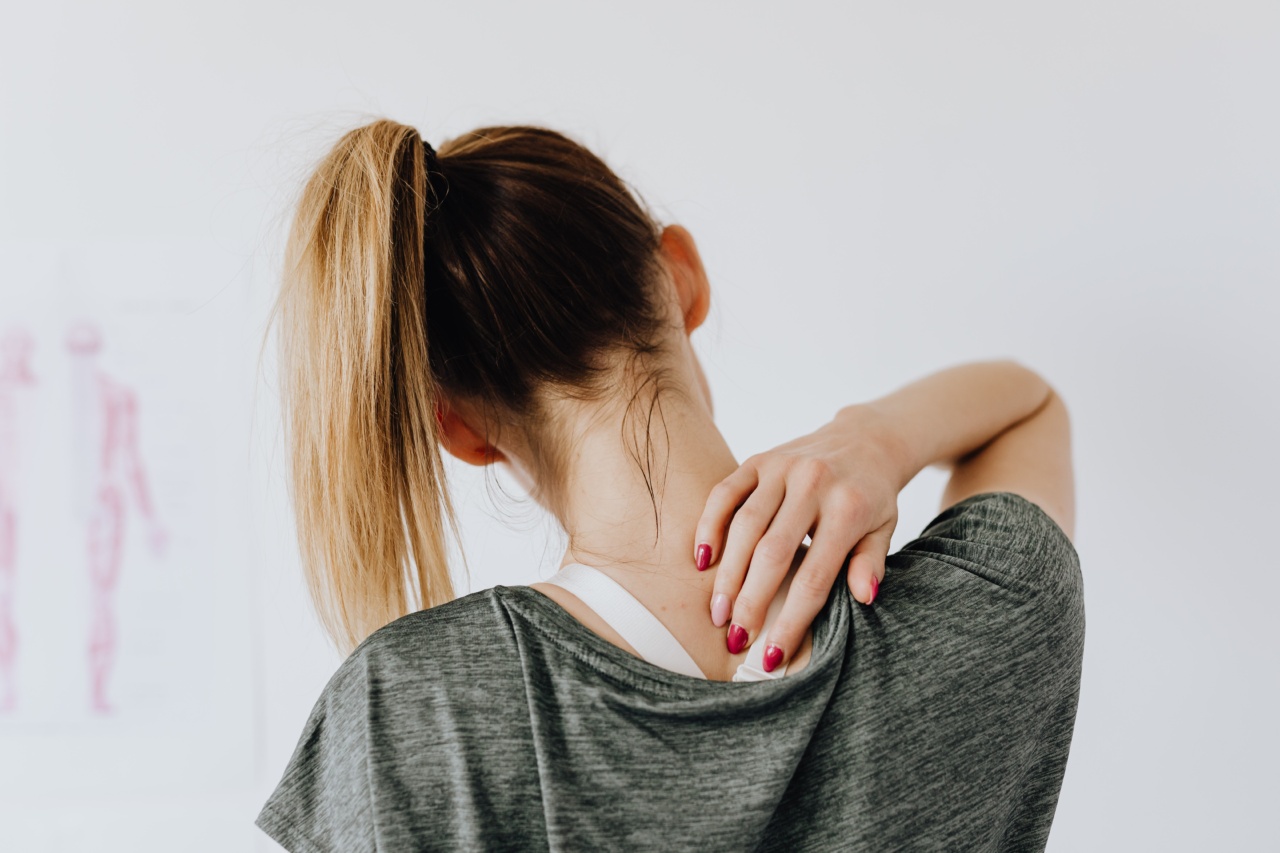In this digital age, where smartphones, tablets, and laptops have become an integral part of our lives, it is not uncommon to see teenagers glued to their devices for hours on end.
While these gadgets have undoubtedly made our lives more convenient and connected, they also come with a downside – device-induced cervical and back pain.
The Rising Problem Among Teenagers
Device-induced cervical and back pain, also known as “text neck” or “tech neck,” is a growing concern among teenagers.
As they spend an increasing amount of time using smartphones, tablets, or laptops, their posture often suffers, leading to various musculoskeletal issues.
The Science Behind the Pain
When a teenager frequently bends their neck to look down at a screen, it puts immense pressure on the cervical spine, leading to strain in the neck muscles and ligaments. Over time, this repetitive stress can cause discomfort, stiffness, and even pain.
Common Symptoms
Teenagers experiencing device-induced cervical and back pain may exhibit a range of symptoms, including:.
- Neck pain or stiffness
- Shoulder pain
- Headaches
- Upper back pain
- Numbness or tingling in the arms or hands
The Impact on Teenagers
Device-induced cervical and back pain can significantly impact a teenager’s quality of life. The discomfort and pain can make it challenging to concentrate in school, participate in physical activities, and even enjoy hobbies.
Moreover, poor posture due to device use can have long-term consequences on their musculoskeletal health.
Prevention and Management
Fortunately, there are steps teenagers can take to prevent and manage device-induced cervical and back pain:.
1. Maintain Good Posture
Encourage teenagers to be mindful of their posture while using devices. They should aim to keep their head aligned with their spine, avoiding excessive bending or slouching.
2. Take Frequent Breaks
Remind teenagers to take regular breaks from their devices. Encourage them to stretch, walk around, or engage in physical activities that promote good posture and relieve tension in the muscles.
3. Optimize Ergonomics
Ensure that the devices teenagers use are set up ergonomically. For example, the screen should be at eye level, and they should use a supportive chair that promotes good posture.
4. Strengthen Core Muscles
Regular exercise, especially exercises targeting core muscles, can help improve posture and reduce the risk of developing device-induced cervical and back pain.
5. Seek Professional Help
If a teenager experiences persistent or severe pain, it is advisable to seek professional help. Physical therapists or healthcare providers can offer tailored advice, exercises, or treatments to alleviate the pain and improve musculoskeletal health.
Creating a Healthy Digital Lifestyle
Teaching teenagers to have a healthy relationship with their devices is crucial. Here are some additional tips:.
1. Set Boundaries
Encourage teenagers to establish device usage boundaries. This can include limiting screen time, taking regular device-free periods, and avoiding digital distractions during important activities such as meals or homework.
2. Promote Physical Activity
Encourage teenagers to engage in regular physical activity.
Whether it’s participating in sports, going for walks, or practicing yoga, physical activity helps counteract the sedentary nature of device use and promotes better overall posture and health.
3. Educate on Ergonomics
Teach teenagers about proper ergonomics and the importance of maintaining good posture. Help them understand the potential consequences of poor posture related to device use to motivate them to make necessary adjustments.
4. Lead by Example
As adults, we too must lead by example. By prioritizing our own posture and limiting our device use, we show teenagers the importance of a healthy digital lifestyle.
The Future of Teenagers and Device-Induced Cervical and Back Pain
As technology continues to evolve, it is essential to recognize the potential risks and take proactive measures to mitigate them.
By educating teenagers, promoting healthy device use, and prioritizing musculoskeletal health, we can ensure that the future generation grows up with minimal device-induced cervical and back pain.


























